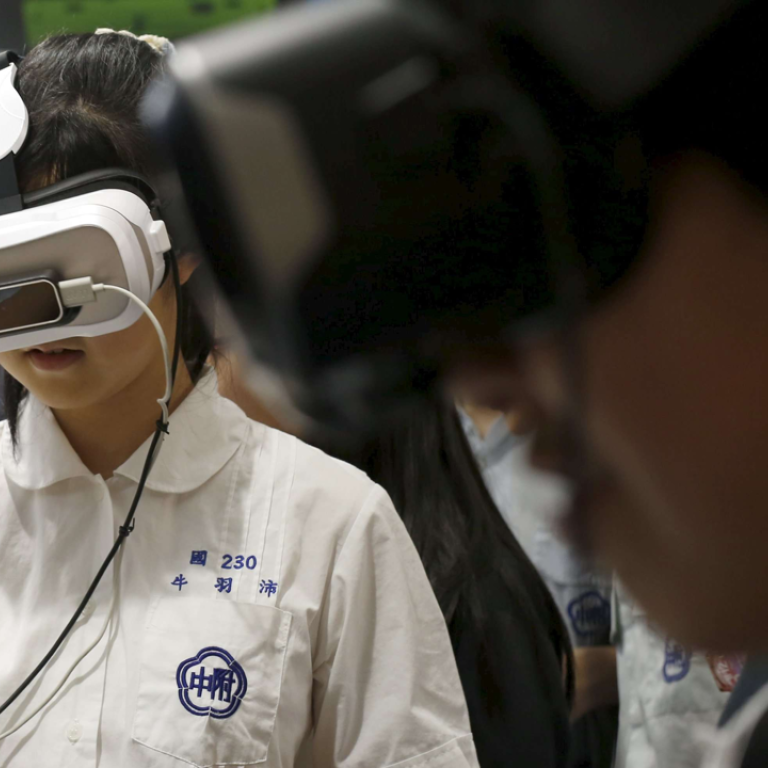
These companies will benefit from the big VR cash-splash
IHS Markit expects nearly US$8 billion to be spent on headsets and more than US$3 billion on VR entertainment in the coming years
Consumers were expected to spend more than US$11 billion on virtual reality (VR) technology over the next few years, with some clear winners, a data analysis company said.
IHS Markit said in a report that users were expected to spend as much as US$7.9 billion on VR headsets and US$3.3 billion on VR entertainment by 2020, jumping from the US$1.6 billion IHS expected consumers to spend on headsets and US$310 million on entertainment in 2016.
As spending grows, IHS analysts predicted that the VR market would divide into two camps: makers of low volume, high-end VR headsets, such as Facebook‘s Oculus Rift, and makers of high volume, low-end VR headsets that use smartphones for their displays.
The smartphone VR headsets are expected to give the overall market a boost because of their large addressable user base for VR content and cheaper pricing. IHS Technology’s senior director, Ian Fogg, said this is where most of experimentation with VR content will happen.
There were several affordable options already out in the market.
Google, for example, this week introduced its next-generation smartphone VR headset, Daydream View. Two years earlier, the tech giant had unveiled its inexpensive, do-it-yourself VR headset called Google Cardboard.
Samsung has already introduced a few iterations of its Gear VR headset, while Chinese smartphone maker Xiaomi introduced a low-cost VR headset earlier this year.
IHS expected Google’s Daydream View to become the most popular VR headset by 2019, overtaking the Samsung Gear VR due to “broad industry support, a compelling US$79 price point and the delivery of a premium smartphone VR experience.”
But it’s the premium VR headsets that were set to drive users to fork out money for paid VR content, IHS said.
Competition in the high-end headset market was expected to heat up, with the Sony PlayStation VR due to be released on October 13, priced at US$399 and coming with glowing reviews from several media outlets.
The headset was predicted to outsell its high-end competitors, Oculus Rift and the HTC Vive, in 2016, but IHS said the PlayStation VR would likely experience a supply constraint in the short term as Sony plays it safe on stock inventory.
PlayStation VR was expected to sell 1.4 million units and generate US$134 million in spending on VR entertainment in 2016, IHS noted.
This was because the headset will primarily use Sony‘s PlayStation 4 (PS4) video game console, meaning it already has a big user base to sell to, while its competitors require high-end personal computers to support VR.
“Sony is well positioned to build an early lead in the high-end VR headset race because of its large addressable market of 53 million PS4s by the end of 2016,” said Piers Harding-Rolls, director of games analysis at IHS Technology.
“With VR content and users strongly aligned with the games market, Sony already has in place many of the components necessary to deliver to this new VR entertainment segment at the expense of its competitors.”

